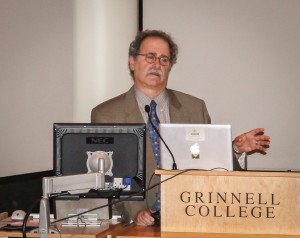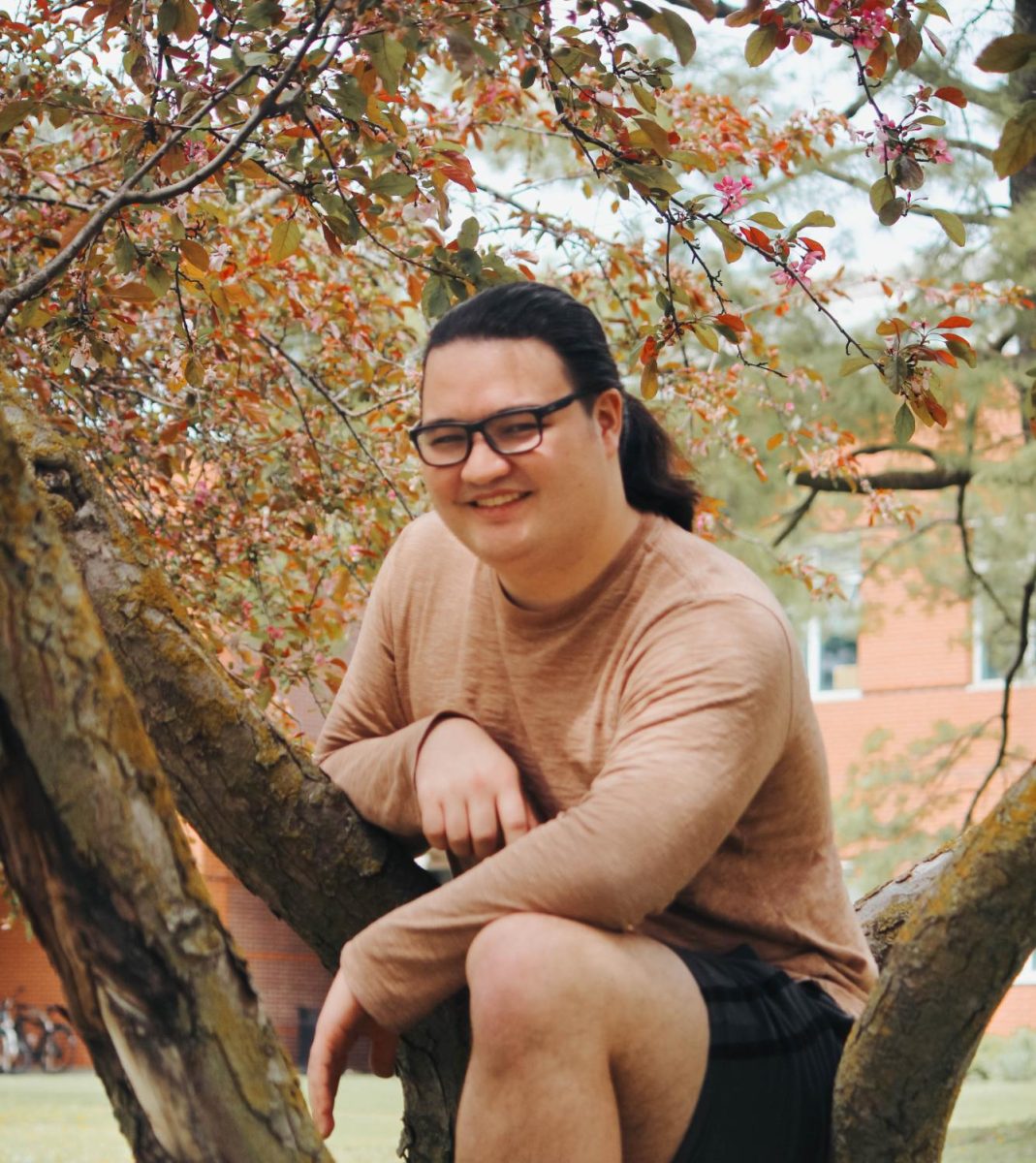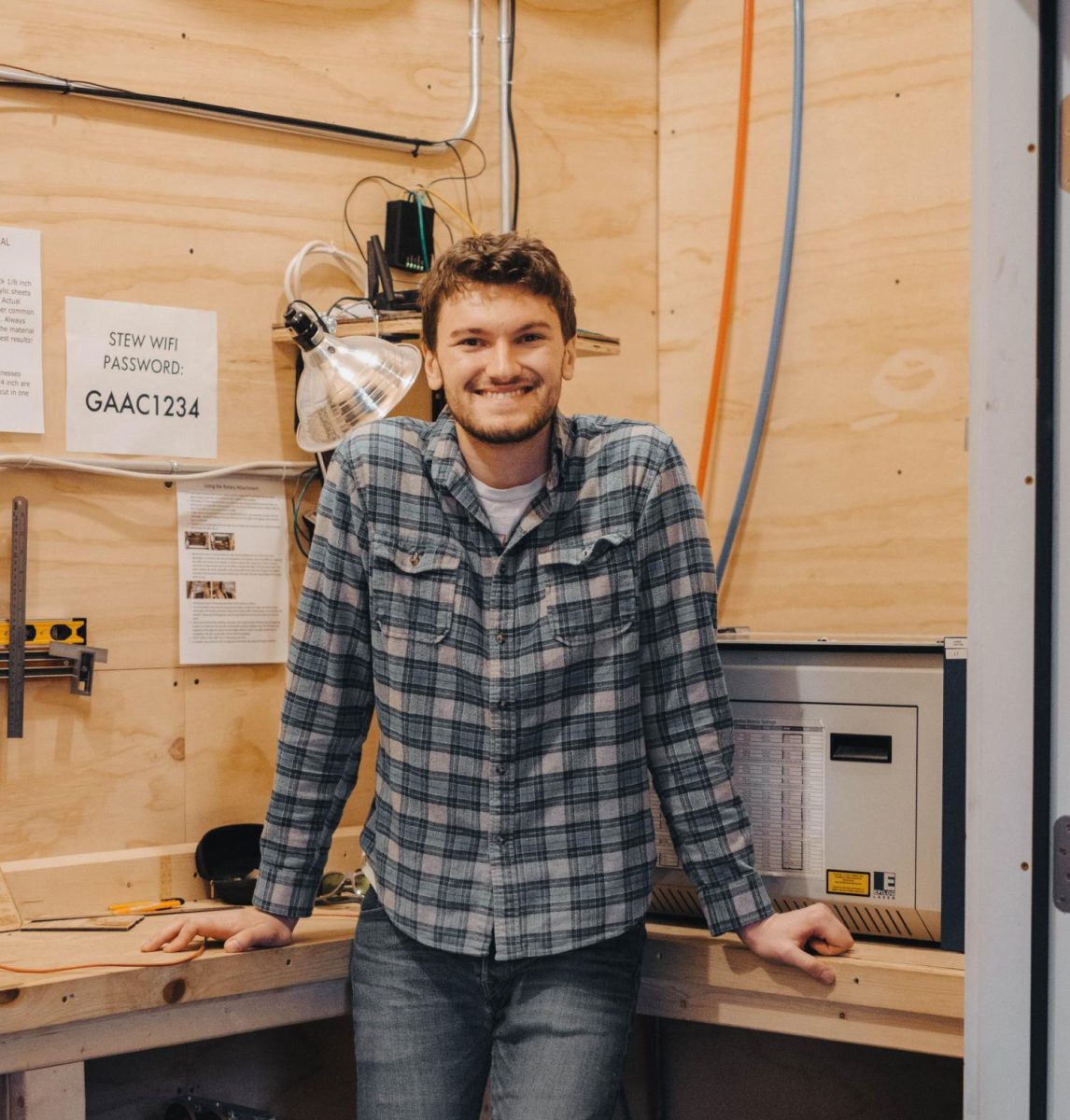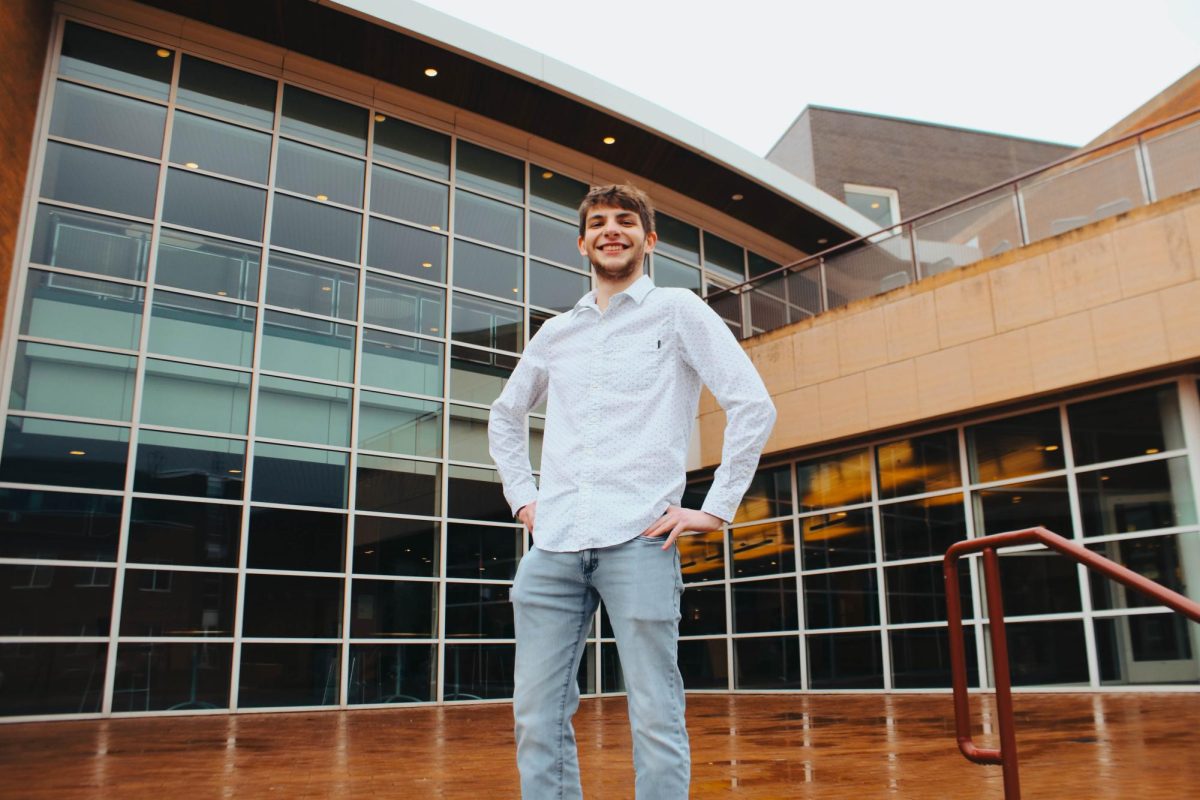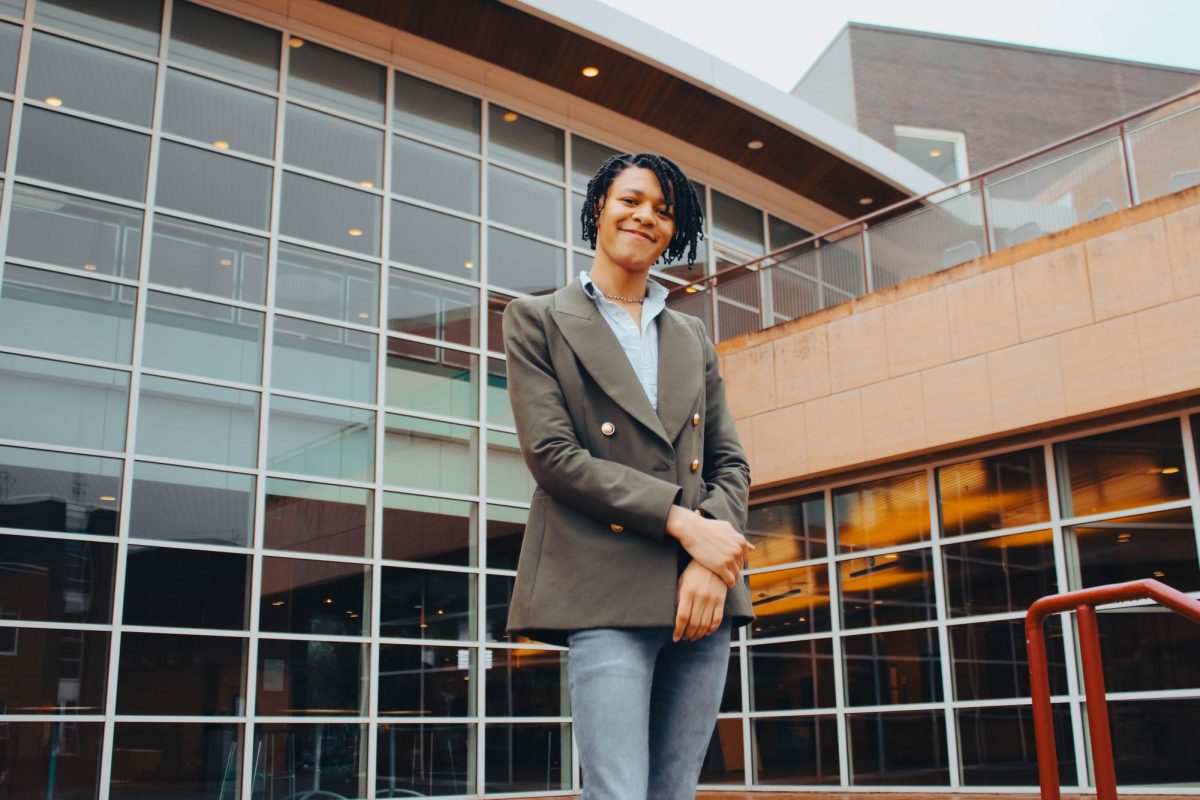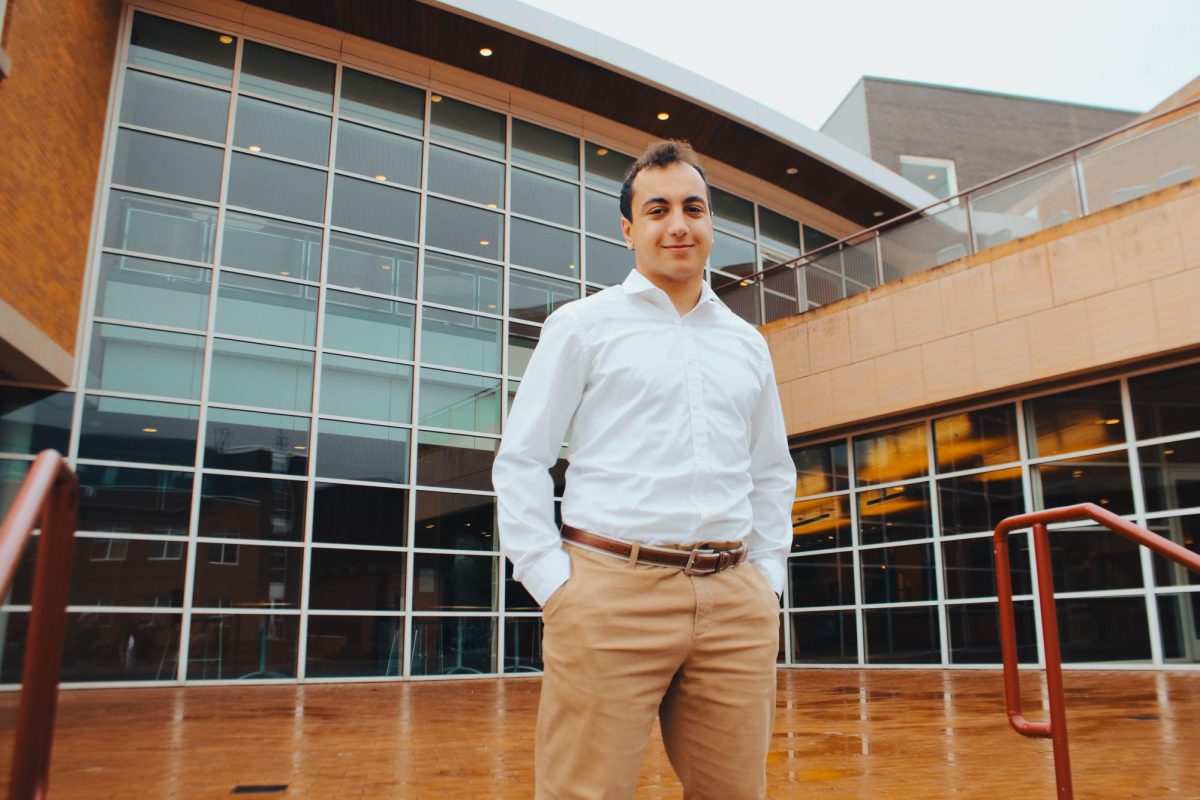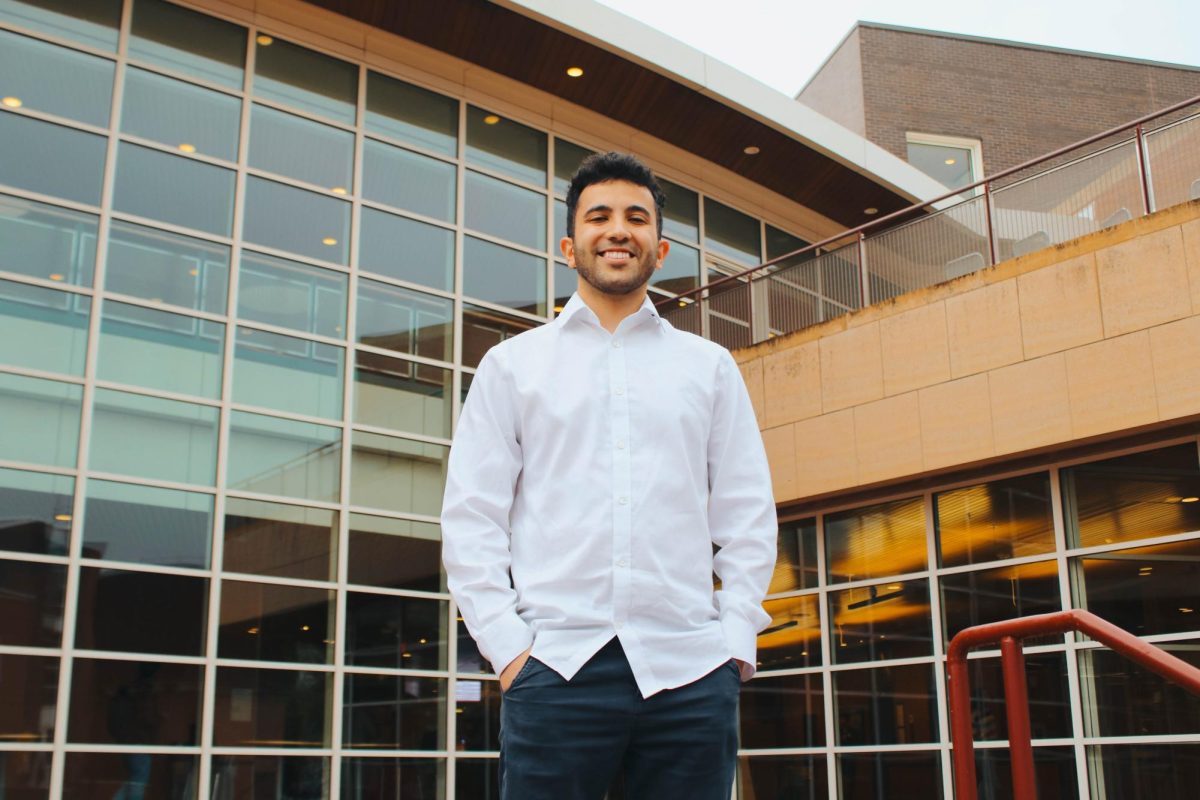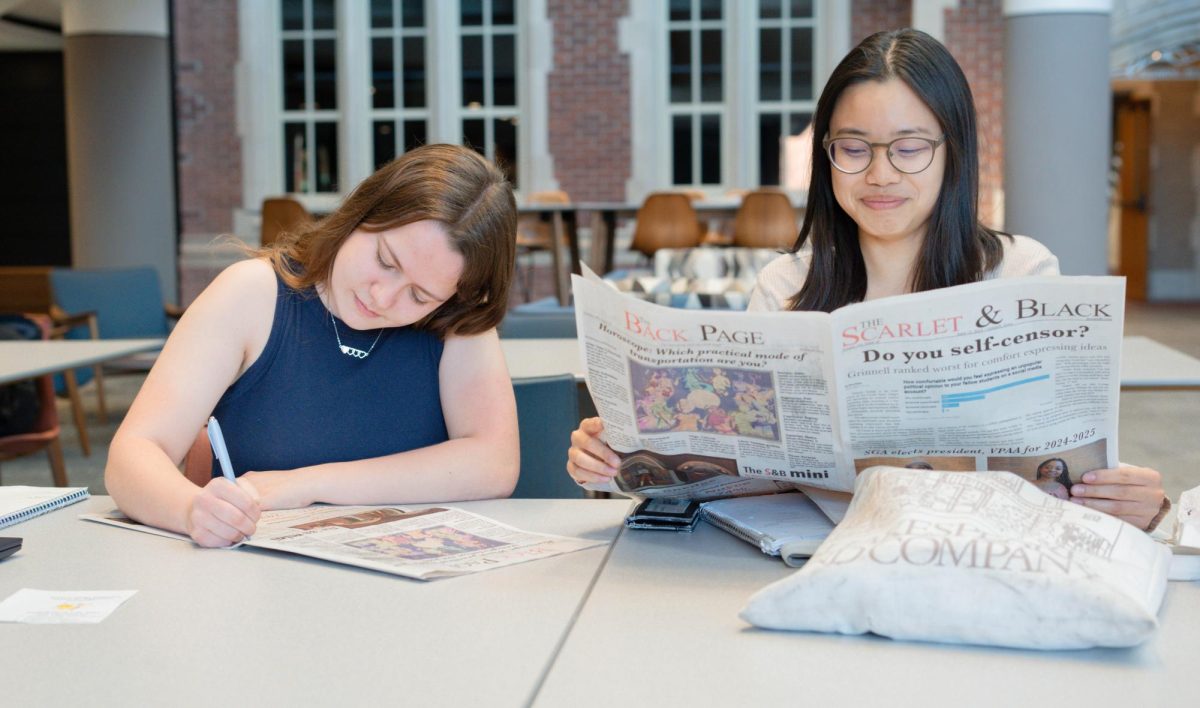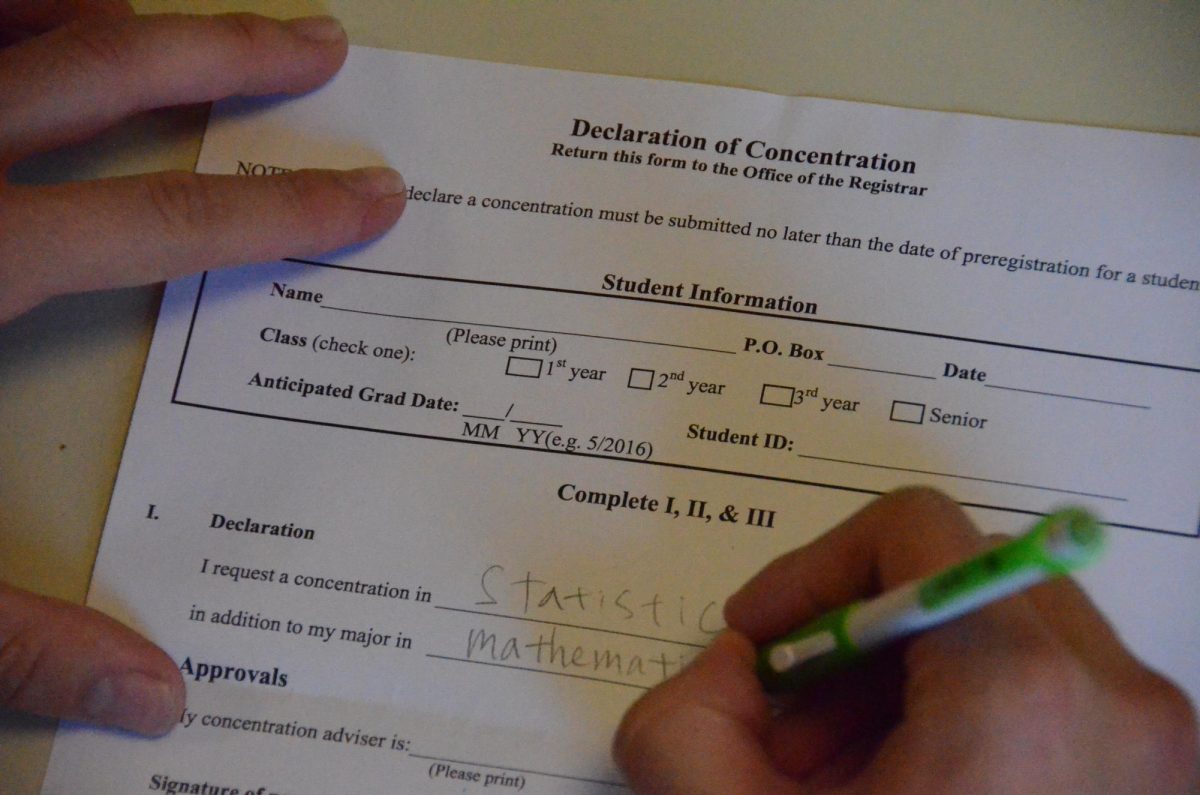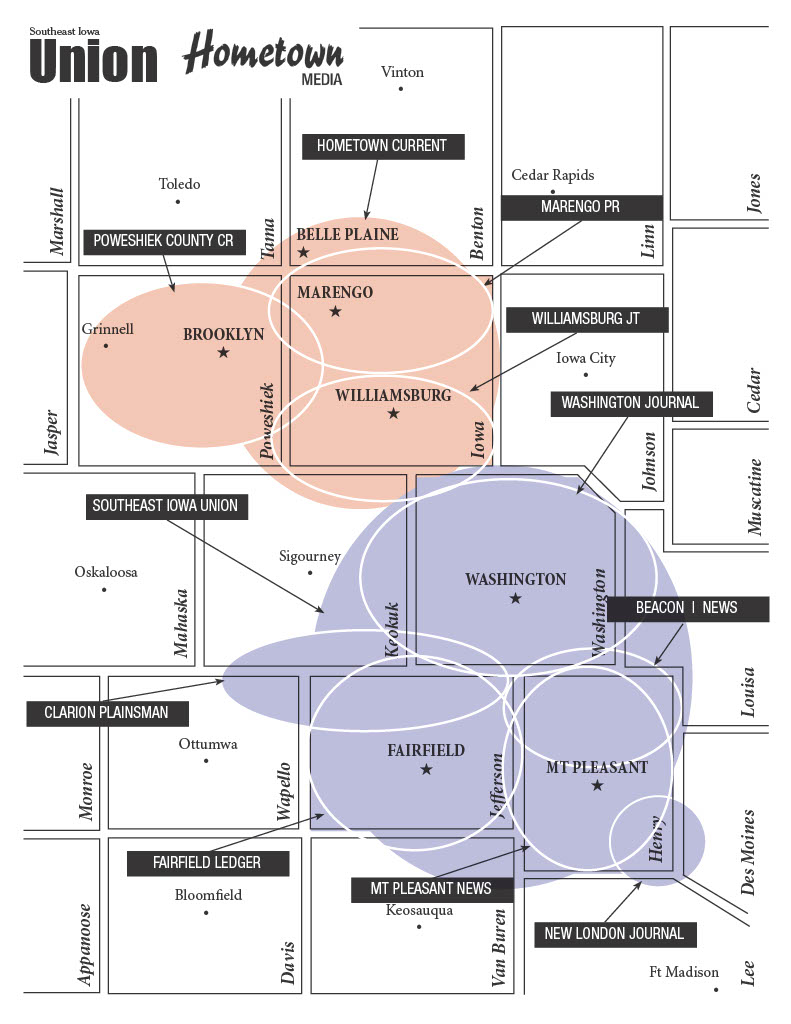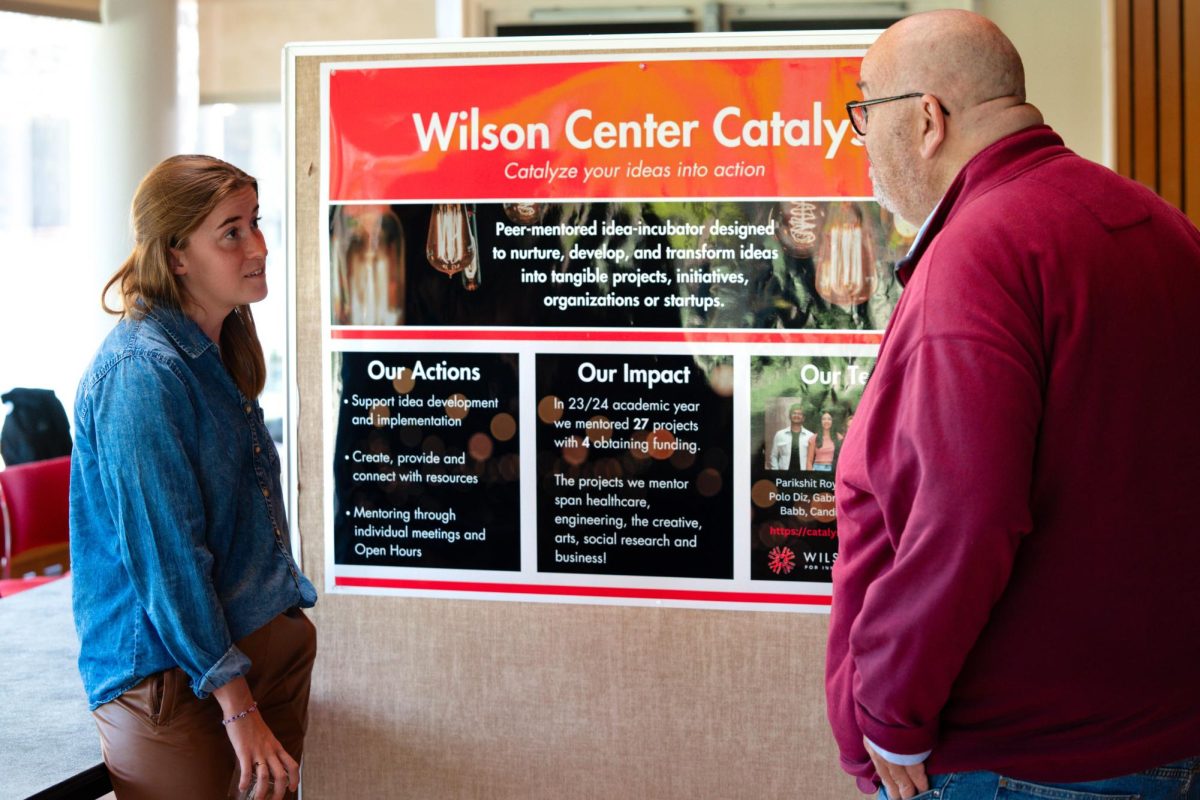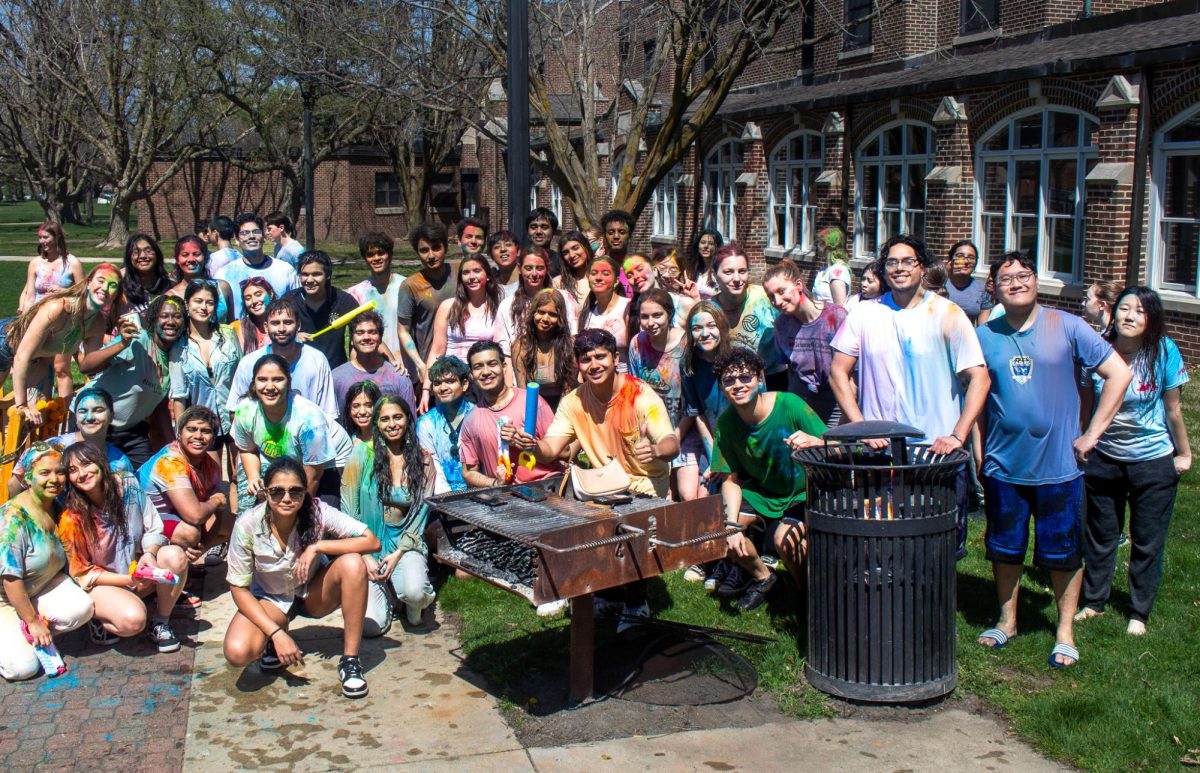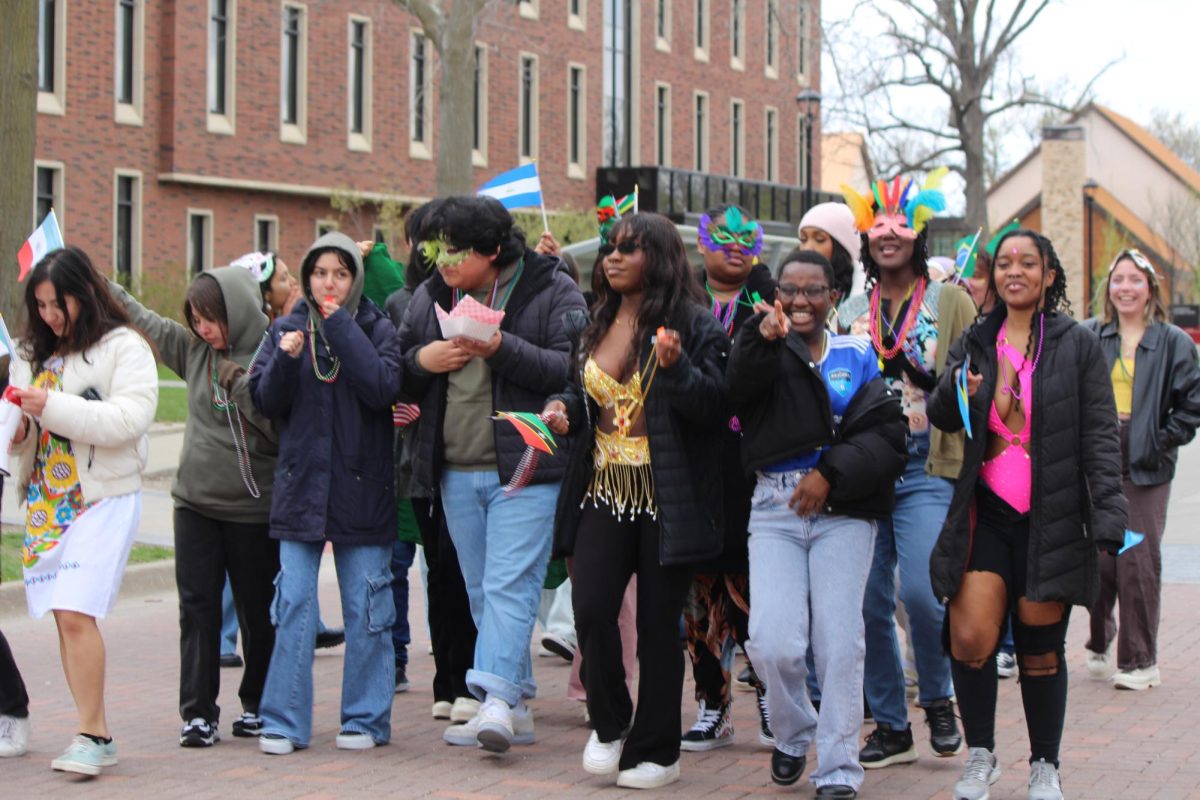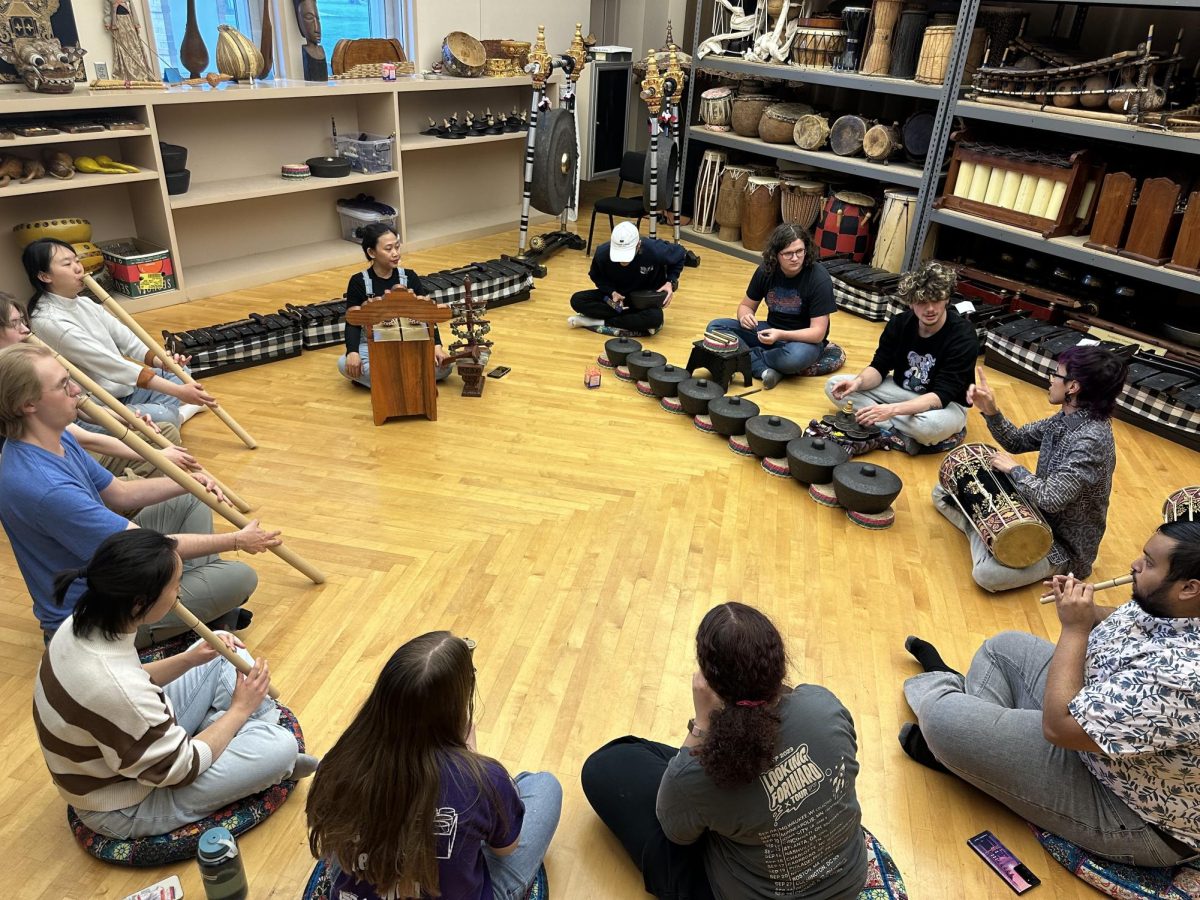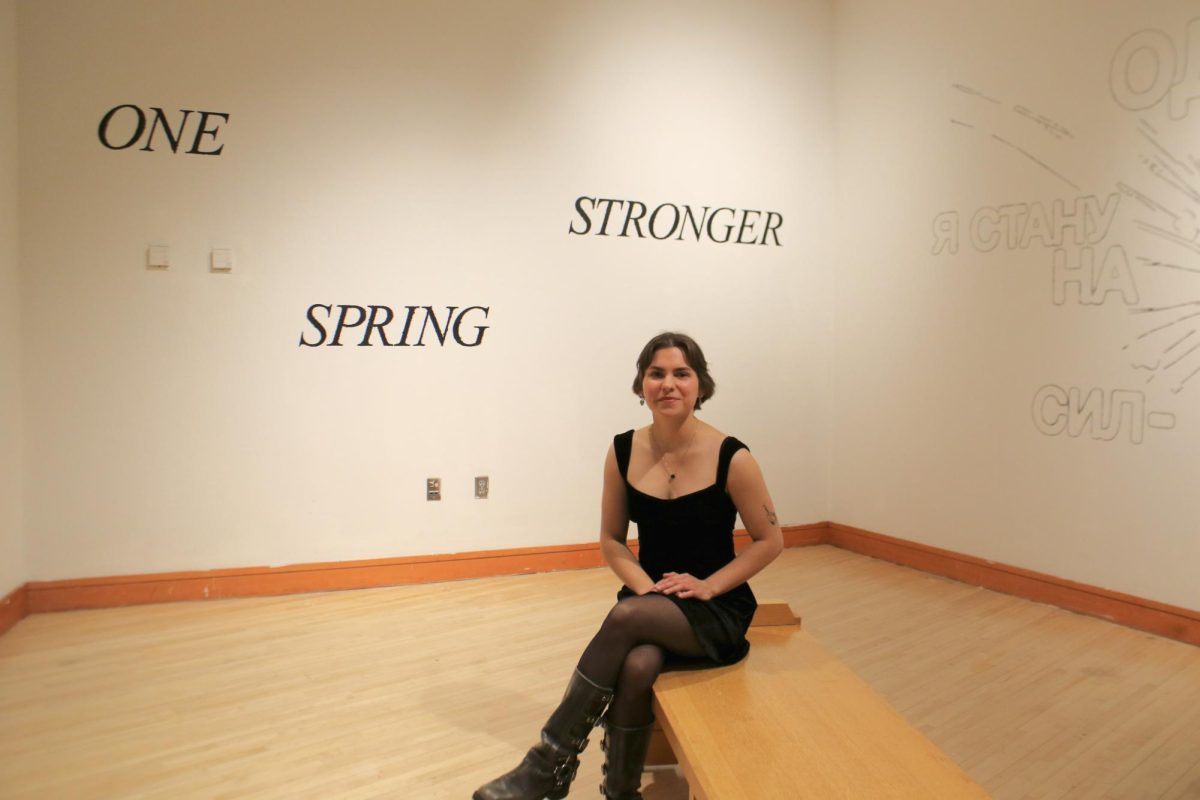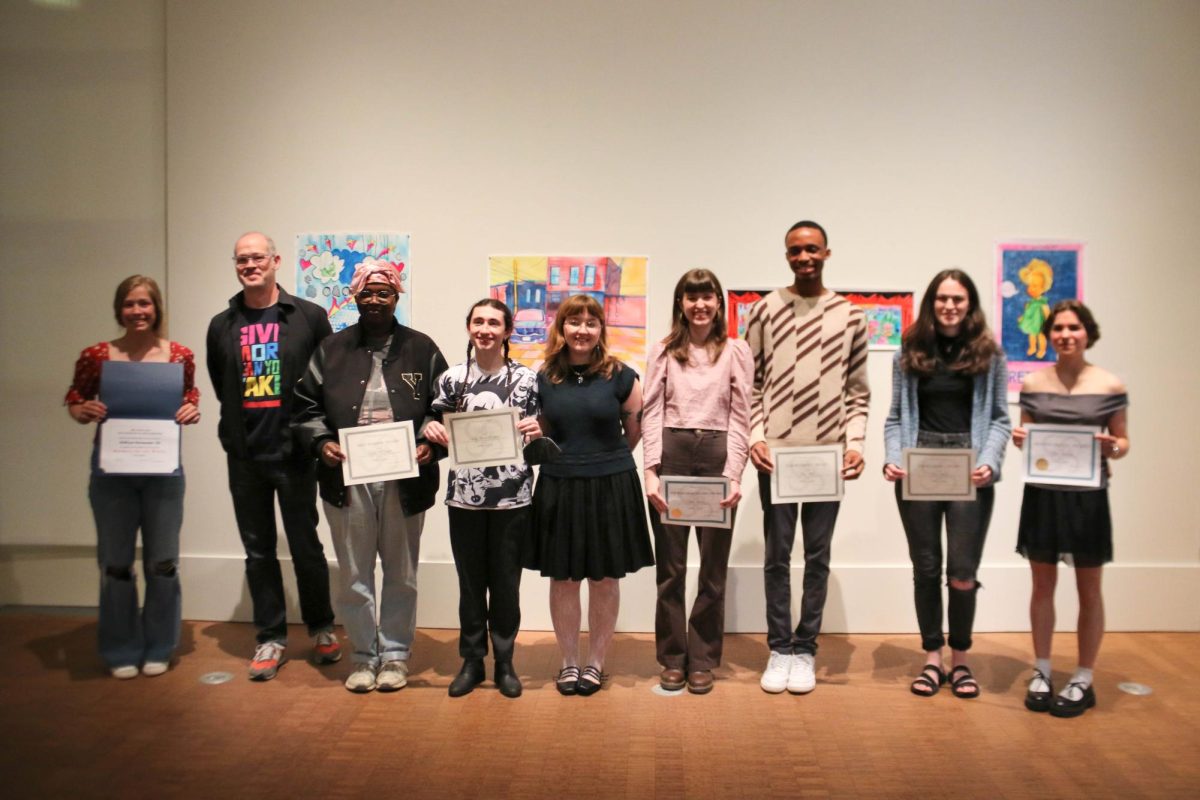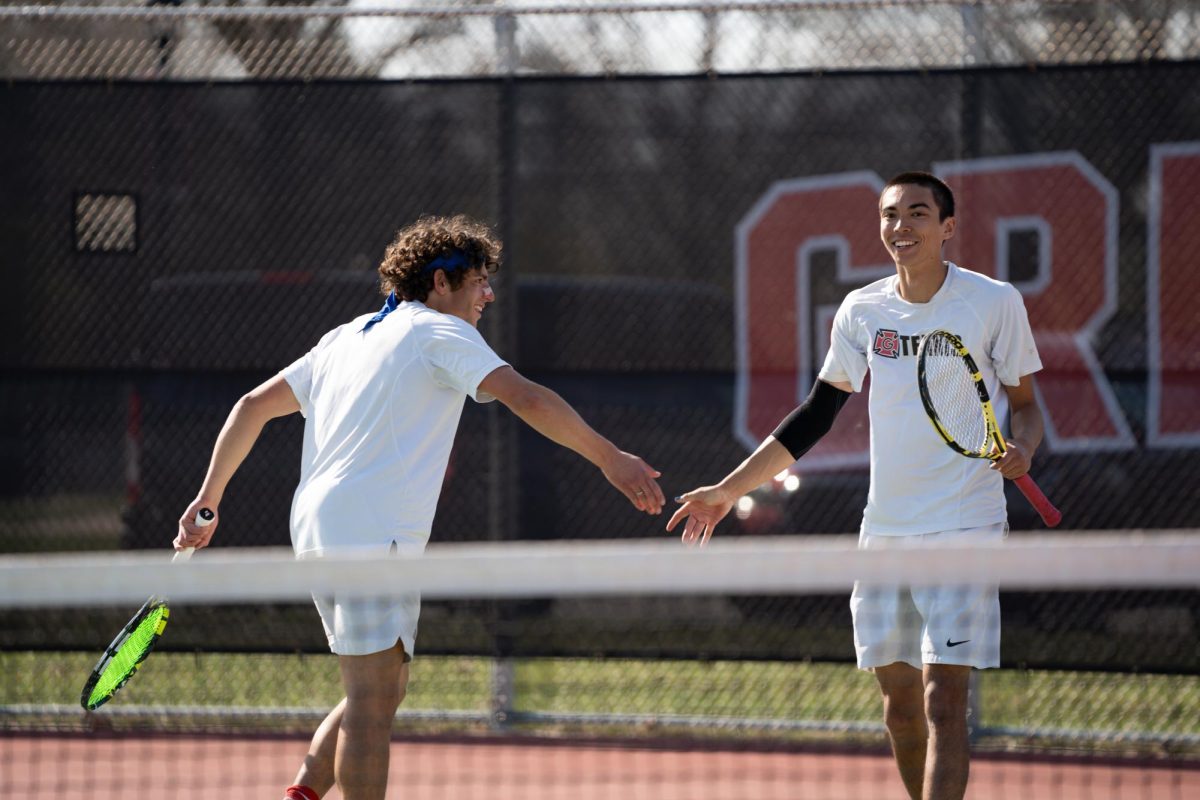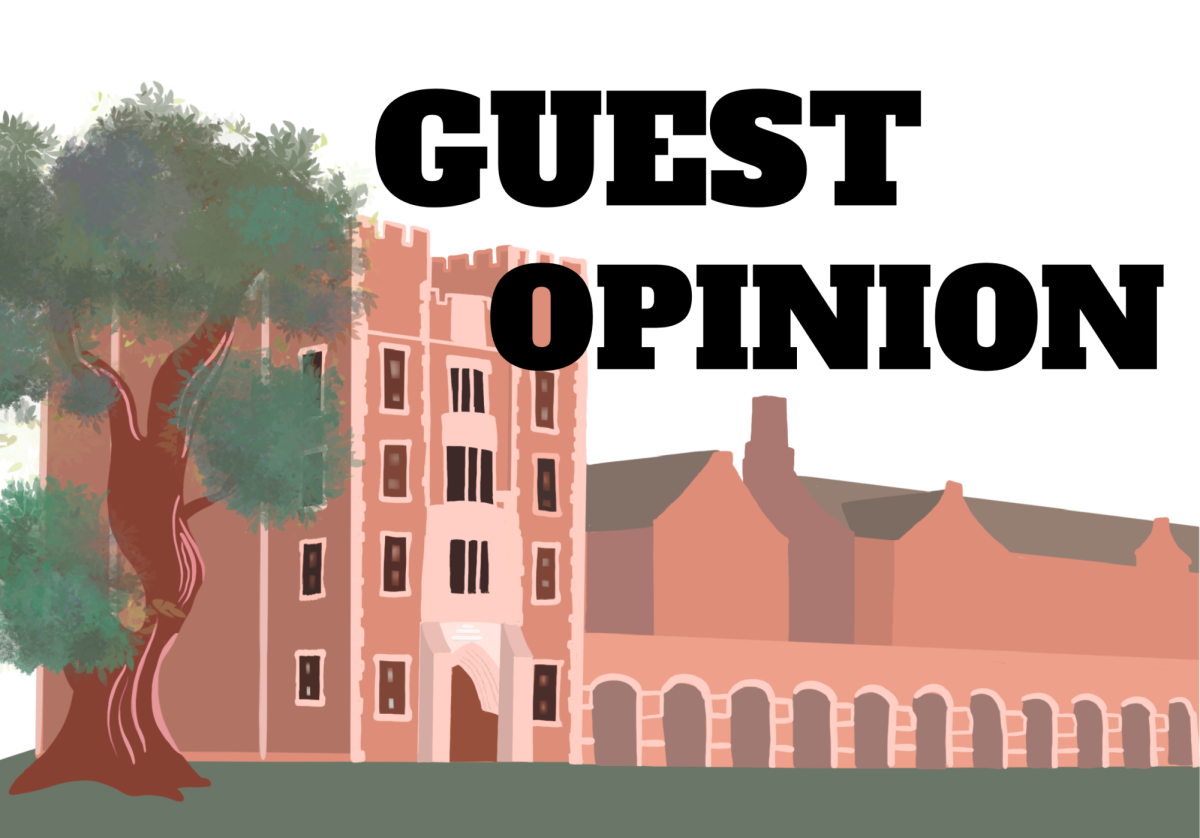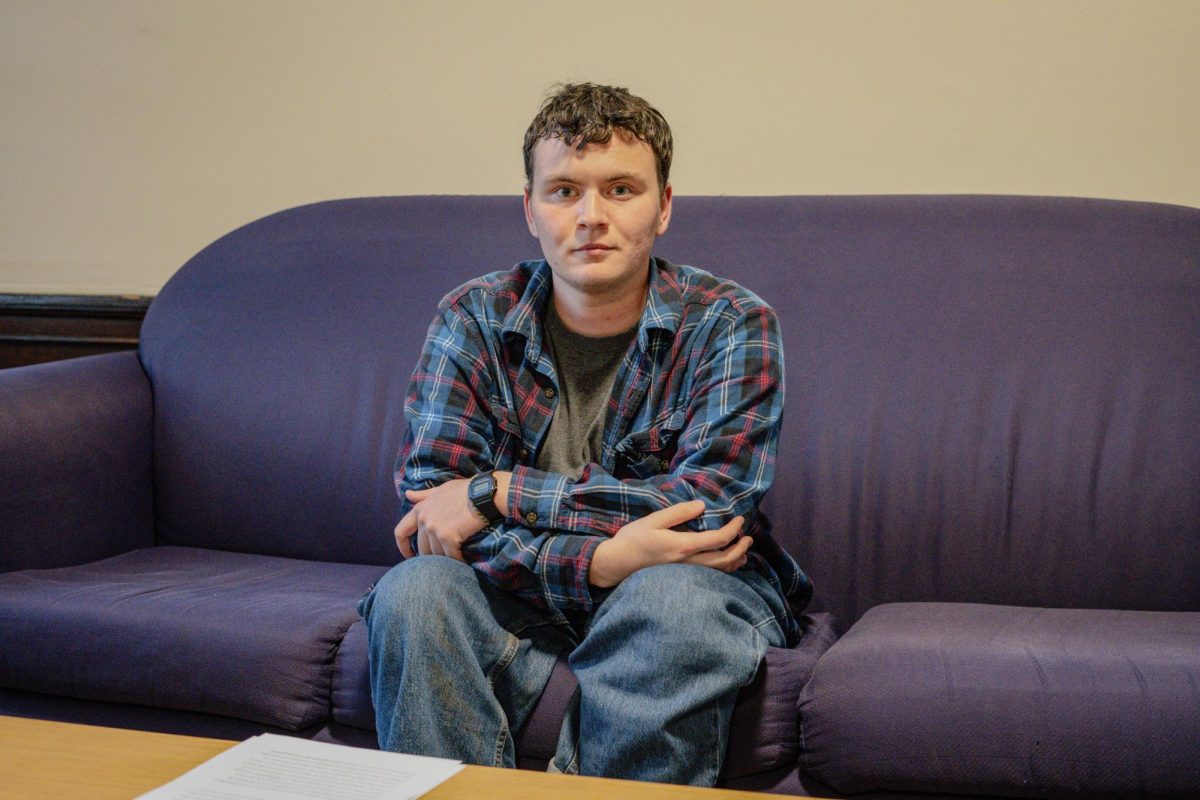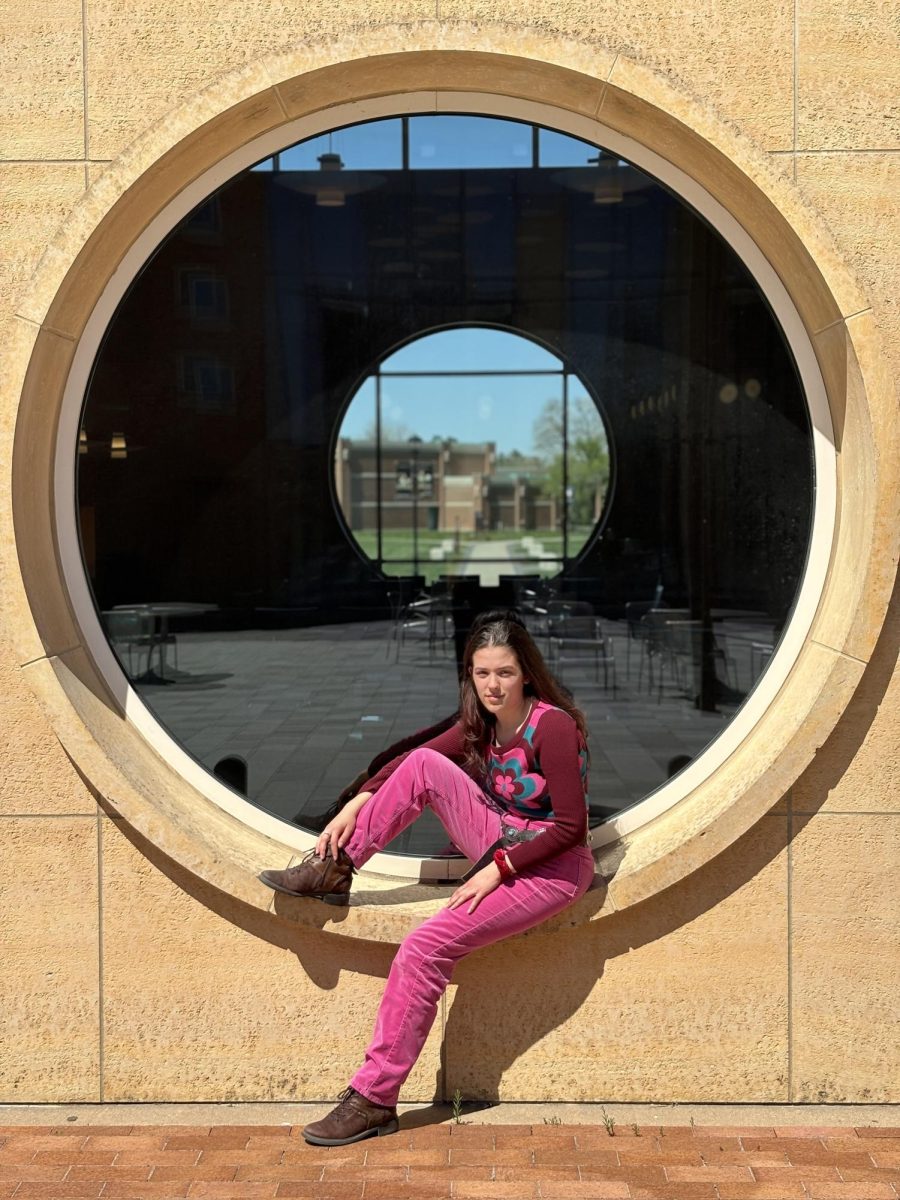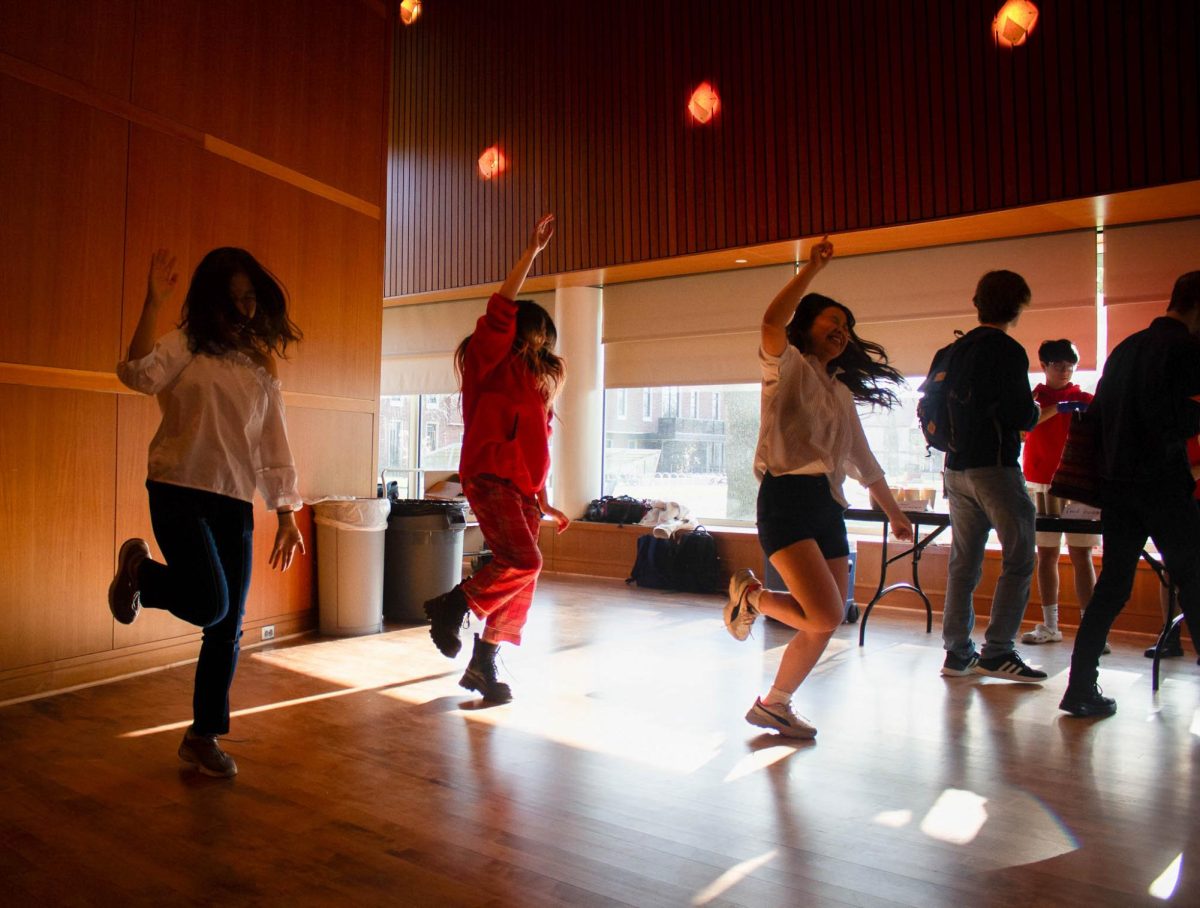Religion and spirituality have always provided comfort and confusion to college students. The stress of college life is an obstacle that requires healthy coping mechanisms, but many are alienated by the gap between what they read about in religious studies classes and what they are capable of feeling themselves. Luckily, there is a new movement aimed at bridging that divide. Among the pioneers of this movement is Harold Roth, a Religious Studies professor at Brown University and the head of Brown’s Contemplative Studies Initiative. Contemplative Studies is an interdisciplinary movement that combines psychology, neuroscience, philosophy, religion and the creative arts in an attempt to understand subjective spiritual phenomena through a critical lens. The S&B’s Alex Bazis was granted an interview with Dr. Roth.
It’s great to have you here at Grinnell. The first question I’m wondering is, what exactly is Contemplative Studies?
Contemplative Studies is a new academic field that studies human contemplative experience across cultures and across time through humanistic, scientific, artistic points of view. One of the hallmarks of the movement is that we’ve developed something called Integrative Contemplative Pedagogy. ICP differs from regular academic study, because while most academic fields study their topics from a position that attempts to attain objectivity, we’re also interested in the subjective experiences of the topics. For instance, there’s the objective act of studying a literary work, but then there’s the subjective act of creating it. We can study meditation and contemplation from a third-person perspective alone, but the fact is that the first-person subjective aspect—how an individual experiences contemplative phenomena in their own unique way—is just as important. Everyone experiences things differently due to their personal life experiences.
How do you practice experiences? How do you test them out for study?
In many of our courses we combine objective third-person studies of contemplative experience with subjective and critical first-person studies. So we do this by having courses that feature one three-hour weekly seminar in which we discuss our readings in primary texts in translation and secondary philosophical and scientific works, but then we have three one-hour meditation labs, where the students try out the techniques they read about. Afterwards, we discuss what they felt and how it compared/contrasted with what they read about.
What do the students experience during meditation?
Everything. There is no real set pattern for meditation experiences. One of the more common things reported, though, is that the students have a hard time staying on task. If the task is follow your breathing, from your nostrils to your stomach, and pay attention to that while counting to three, students always report difficulty staying on task when they first start out. But by the end of the semester, they can count to 40, 50, 60, without breaking concentration.
I actually had problems with that myself, at the talk last night, during the breathing exercise. I felt like I just had to find my own way of making it work. When students find their own rhythm to work with in time, do they report changes? Extreme religious experiences?
Over the semester, they report lots of changes. Improved sense of well-being, 30 to 40 percent drops in symptom of anxiety and depression, increased ability to concentrate. They don’t have extreme religious experiences, but their emotional lives improve dramatically.
I guess I’m ignorant about how meditation works, exactly, as a specific activity. What are the main principles or goals?
The main goal of meditation is to focus attention. Most of the time our minds are dominated by ruminations and distractions … we’re not focused at what’s immediately before us. With more meditative practice, it’s easier to focus on what’s going on in the moment.
During your talk, you spoke about the egocentric and the allocentric pathways. Could you talk a little about those?
The idea was first brought up by James Austin, a neurologist who studies meditation and authored such books as “Zen and the Brain” and “Meditating Selflessly: Practical Neural Zen,” published by the MIT press. Summarizing neuroscientific research on the various major neural patterns for processing experience, he identified two major pathways, the “egocentric” and the “allocentric.” The egocentric pathway takes your perceptions and cognitions of the world and relates them to your concept of self. The allocentric simply perceives what’s going on in the internal and external world, and always orients you to the big picture going on around you. One way to think about what happens during the sustained practice of meditation over many years is that it reorients people from a primarily egocentric focus to one in which there is more balance with the allocentric pathways. By reducing the egocentric thoughts that roil through the mind and focusing on what is present, meditation trains the practitioner to be focused more on the external world and the moment. This allows the brain to perceive what’s actually going on in a situation, without the need for everything to be related back to the person.
You referred to the different aspects of experience in your talk last night. Could you elaborate on those?
There are four stages of experience that we work with—the four aspects of Integrative Contemplative Pedagogy. These are the ways in which we encounter and process the world, and we utilize them in our teaching methods. The first is what we call No-Person Experience, or NPE. This is an immediate, non-intentional encounter with the world. I might not be perceiving it, but my elbow is resting on the table right now. It’s a pure experience of sensation. When you put words to it, it’s no longer a No-Person Experience. It becomes a reflective first-person experience, “my elbow is resting,” or communicative second-person, “your elbow,” or a critical, contextual third-person “an elbow is resting.” So there are these four aspects of experience, both contemplative and non-contemplative.
I was just thinking about art. You said that once you put words to something, it’s no longer a no-person experience. But you take a poem, it tries to recreate a no-person experience even though it’s being communicated.
That’s the trick. Can you develop third-person linguistic vehicles to convey your particular feeling? Or even second- or first-person … how could you tell a person you love them in a way that actually captures your feeling? No-Person Experience is the foundation of all of our experience. Learning to tap into this aspect of experience can help with cognitive tasks, such as learning. The Clinical and Perceptual Learning Lab of Takeo Watanabe at Brown published an article on Task Irrelevant Perceptual Learning, or TIPL. They found that when experimental subjects are focusing attention on a strong stimulus, they are able to cognize a second stimulus that is presented at a lower threshold—about 23 percent of the strength of the strong stimulus. This means that people can learn deliberately without paying intention to a stimulus. This implies to me that learning occurs in the absence of a deliberate act from a self that pays attention. This is the essence of what occurs in No-Person Experience. Meditation, training the mind to cut out the third, second and first-person chatter of the ego-self can allow people to pick up and retain these things they otherwise would have missed.
